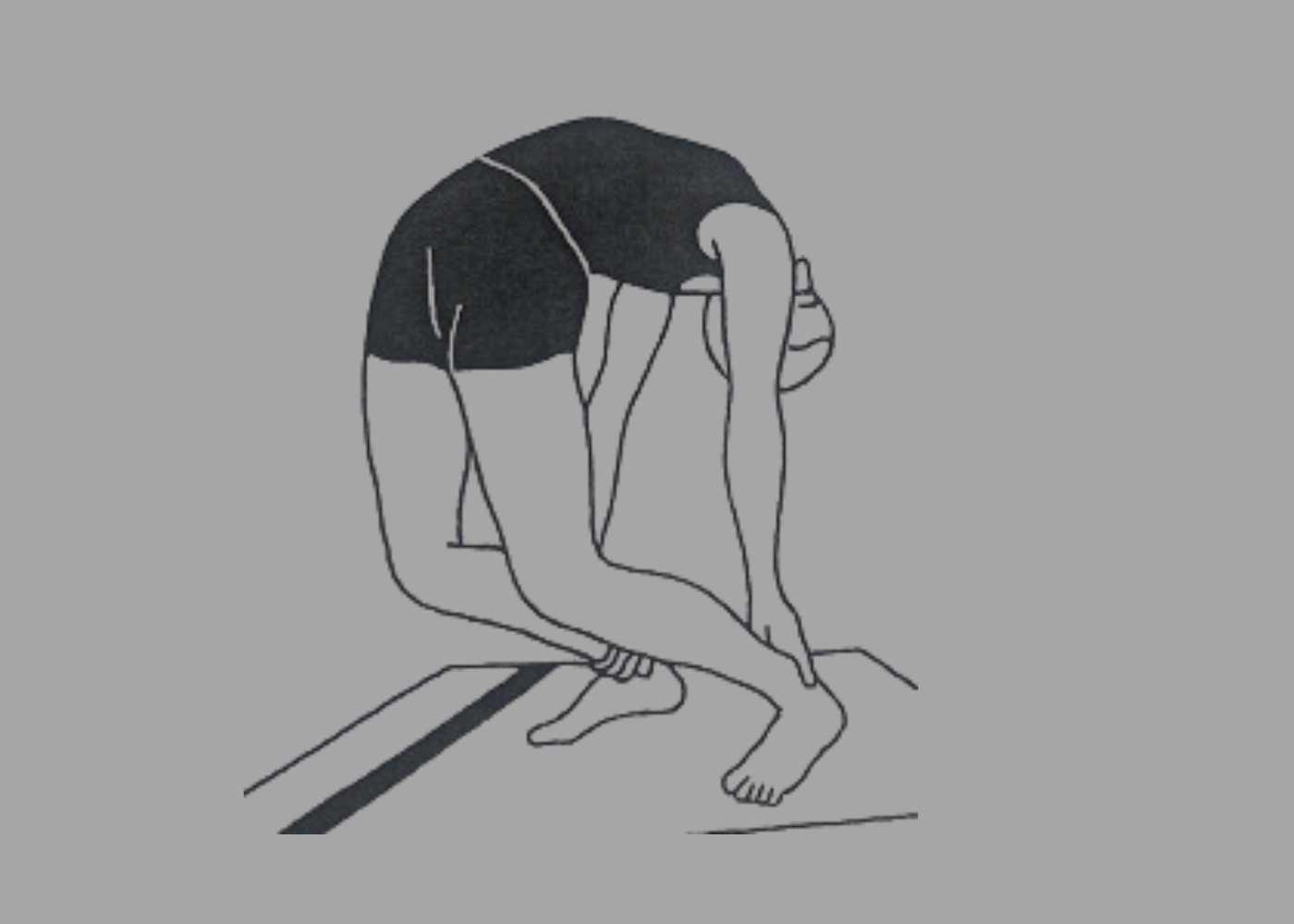Exploring the Back Pose (Prishthasana)
Prishthasana, or the Back Pose, is an important posture in yoga because it strengthens and stretches the surrounding muscles and spine. This pose, which is sometimes referred to as the Reverse Prayer Pose, has many advantages when done mindfully and correctly aligned. We go into the instructions for doing Prishthasana, its advantages, and safety measures in this blog post.
Steps to Practice Prishthasana (Back Pose):
Start in Mountain Pose (Tadasana): With your feet hip-width apart, arms at your sides, and your palms facing forward, take a tall stance.
- Join Your Palms Behind Your Back: With your fingers pointing down, gently pull your hands together behind your back. Strive to form a prayer stance by pressing your palms together, if your flexibility permits.
- Engage Your Core: To stabilize your pelvis and spine during inhalation, activate your core muscles.
- Lift Your Arms: Keeping your arms straight, start to raise your linked hands behind your back as you exhale. Point your hands in the direction of the area between your shoulder blades.
- Open Your Chest: Lifting your arms should cause your chest to expand, bringing your shoulder blades closer together.
- Hold the posture: Hold the posture for 30 to 1 minute while taking regular, deep breaths.
- Release: Return to the Mountain position after gently releasing your hands from the position.
Benefits of Back Pose (Prishthasana):
- Spinal Flexibility: By lengthening and stretching the spine, Prishthasana improves flexibility and relieves back stiffness.
- Shoulder and Chest Opening: This position counteracts the effects of slouching and hunching by opening the shoulders and chest by bringing the hands together behind the back.
- Improved Posture: Prishthasana strengthens the back and shoulder muscles, which assists with proper posture when practiced regularly.
- Stress Relief: This pose’s deep breathing and concentration requirements can help quiet the mind and lessen tension and anxiety.
- Enhanced Circulation: By compressing and releasing the back muscles, blood flow is stimulated, which improves general circulation and vigor.
Precautions and Contraindications of Back Pose (Prishthasana):
- Listen to Your Body: If it hurts, try not to force your hands into the prayer posture. Rather, maintain a comfortable spacing between your hands behind your back.
- Modify as Needed: You can do a milder version by clasping your hands behind your back rather than squeezing the palms together if you have injuries to your wrists or shoulders.
- Avoid Overarching the Lower Back: Keep your pelvis slightly tilted backward by using your abdominal muscles to keep your lower back from arching excessively.
- Consult a Professional: Before attempting this posture, discuss any pre-existing medical ailments or concerns with a competent yoga instructor or healthcare provider.
Prishthasana as part of your yoga routine to get its tremendous benefits for mind, body, and soul. This back Pose yoga position can become an important part of your path to comprehensive well-being if you practice it with conscious awareness and appropriate alignment. Practice with tolerance, kindness, and appreciation for your body’s special qualities as usual.
Read More: Yoga Teacher Training in Rishikesh
Learn to know more about yoga poses so you can visit best yoga school in India and join 200 hour yoga teacher training in India and aerial yoga teacher training in india



